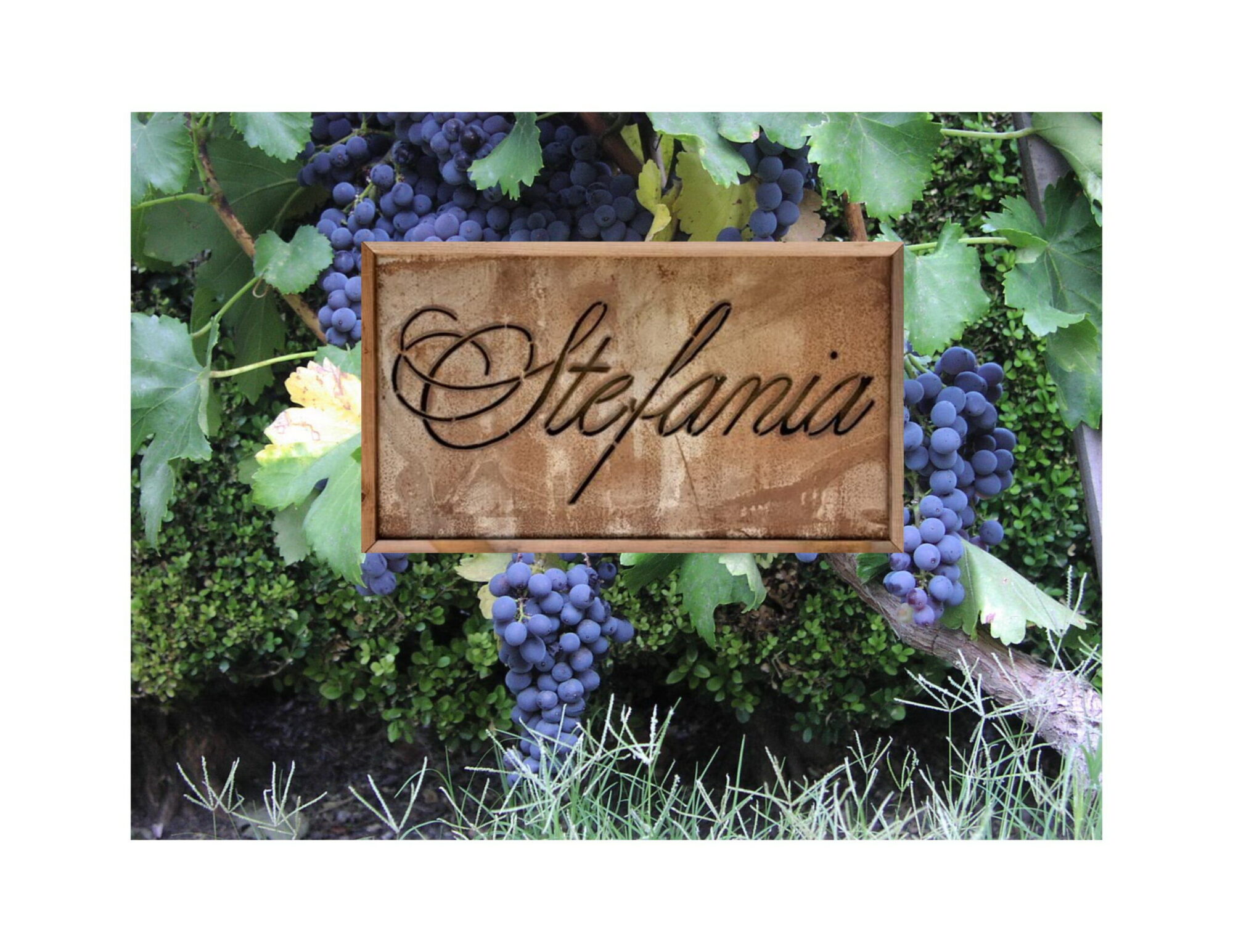We haven’t really been on hiatus or taking vacation, but this time of year the vineyards need no work, and the wine just needs a little gentle care. It’s a time to rest and catch up on paperwork and bills, and all the other things we put aside for two months of harvest.
The first week of January the moon will be in the right phase, and we’ll be back at work pruning vines. Until then we’ll still be laying low, visiting with friends and family and avoiding shopping malls at all costs.
I thought a good way to get back into write would be to post some thoughts on a few wines we’ve had over the last few days.
Monday night we went to Holly and Noelle’s to watch the Sharks and Monday Night Football. It could have been a little battle over what to watch, but football was a blow out and the hockey game won out.
We started with a 2001 Ridge Monte Bello that Millie brought with her. This was a big rich Cabernet, still dark and showing no signs of being 8 years old. The nose was rich with berry fruit, and strong notes of new oak. The wine was rich, dense and packed with flavor. The tannins were a bit gritty, almost over ripe, but were not falling apart in anyway. I find that in a lot of Napa Cabs these days, the tannins are so ripe that they just don’t hold together on the finish as the wine ages. This wasn’t the case at all, just an angular feel on the finish. I know Monte Bello fans would say it’s too soon to drink this wine but it was very enjoyable. 93 points now, but I think a future of 95+.
The next wine up was a 2001 Chateau Rol Valentin St Emilion , Bordeaux. I really like the 2001 vintage in Bordeaux. It was good, but overlooked and the prices have stayed low. It was hard to find at retail, and is even harder now at auction to find. Most of the wine stayed in Europe. The French feel that Americans will only buy the ‘super’ vintages like 2000 , 2003 and 2005 so they don’t import, ‘useful’ vintages like 2001.
Why is it ‘useful’? The wines are very good, but not super concentrated. They won’t take 15-20 years to be enjoyable. They will be wines you can enjoy while you wait on the super vintages. In that way they are ‘useful’. With the exuberance of the Bush/Paris Hilton years, Americans wanted huge and flashy, not enjoyable and good value. Bummer, we missed out on some really good wines in 2001. I bought what I could then and still pick them up now when I see them.
The wine was starting to show some mature colors, a limpid red. The nose was expressive and complex, with tons of mature fruit and spice. Very well balanced, not heavy and the tannins were enjoyable. Lots of complex red and black fruit with a super long finish. 92 points for me, and I bought this for $30. Still pops up at auctions for $35- $40. A really nice wine.
Tuesday night Stefania and I opened two bottles and made pasta with a bison-tomato sauce and fresh bread Stef had made that day.
First up was a 2001 Yann Chave Hermitage. We bought this wine before the big critics discovered Yann Chave. Now we don’t even see it offered for sale, much less available for the $35 we paid for this bottle. The wine was dark and the nose was wild. Feral, furry, animal, iron, and a bit of corral at Grandma’s ranch, not for the weak of knees. I’ve had a fair amount of ageing Hermitage, and it will get these wild animal smells. The palate was deep and rich and the dark berry fruit came out from the wild game notes. Perfectly balanced tannin and acid kept everything together. After about 45 minutes the wild nose tamed and tons of dark rich plum and berry fruit dominated. The finish on the wine went on and on. I’d say this is 94 points, and will be best from 2015-2025. We have about 20 more bottles.
Next we went to a 2001 Antinori Brunello di Montalcino Pain delle Vigne. This is one of Stef’s favorite wines, but I pulled this bottle from my side. Brunello’s can be monolithic when they are young, so this was a bit of a gamble. The wine smelled fantastic though in the decanter, with red fruit and flowers. In the mouth it was silky and perfectly balanced with more red fruit, plum and spice. Still ‘young’ and not fully mature, but passed the bratty stage it was very enjoyable and one of the best 2001’s I’ve opened. 93 points now, sure to go up in the future.
No idea what we’ll drink tonight, but it will be hard to keep up with Monday and Tuesday.
Sometimes these side shoots can be weak and we end up removing them, but you can see this one has a small but healthy bud. I’ll keep these two buds on this plant and it will become the spur on the plant.
